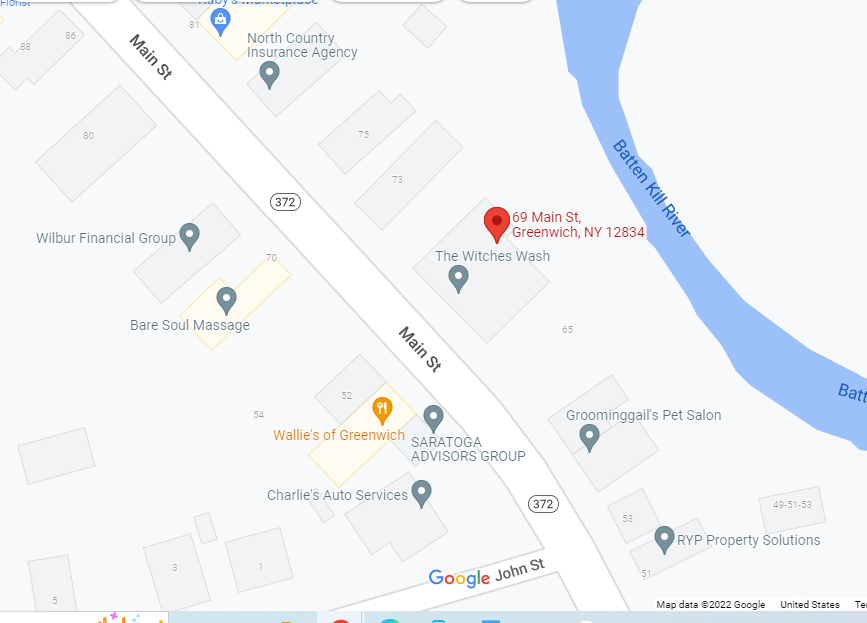Chiropractic Techniques Offered At Our Office

Chiropractic care consists of many different manipulative approaches to the treatment of subluxations. Chiropractors can adjust with their hands, while others rely on instrumentation. Every chiropractor has his/her own unique way of adjusting the spine. Some are more dynamic, and others have a lighter touch. Certain patients prefer the immediate gratification offered by the click/pop sound after the adjustment while others prefer a more low force technique that doesn’t involve production of a sound. These are preferences, which should be discussed with your Chiropractor to choose the appropriate technique that is most effective and also that you will find most comforting.
The following are techniques that the doctor may use in our practice.
Diversified:
Diversified is a diagnostic technique used by the doctor of chiropractic to locate joint dysfunction within the spinal column and extremities. Joints are felt as they are moved to determine fixations/lack of movement. In general, an adjustment consists of a sudden, short, controlled thrust against a joint. A clicking or popping sound may be heard during the thrust: this is caused by gases in the synovial fluid (the lubricating fluid inside each joint capsule) and is harmless. Chiropractors will only adjust a joint that they have found is misaligned or subluxated.
Webster:
Dr. Larry Webster, founder of the International Chiropractic Pediatric Association discovered this adjustment as a safe means to restore proper pelvic balance and function. This specific sacral analysis can be used on all weight bearing individuals to determine Sacroiliac (S/I) joint dysfunction/ sacral subluxation and is therefore applicable for the entire population. Common symptoms include (but are not limited to) low back pain, sciatic neuralgia, and symptoms associated with S/I joint dysfunction. In regards to pregnant mothers, Dr. Webster reported that when a mother sought care and her baby was in a breech position, the restoration of pelvic biomechanics with this adjustment also frequently facilitated optimal fetal positioning.
COX® Flexion Distraction:
Involves traction or stretching of the spine designed especially to correct middle and lower-back pain. This technique is done on a Flexion/Distraction table in which the table is lengthened and in motion during the adjustment. COX® decompression adjustment and manipulation is a low force adjust principle backed by sound research to aid in the resotoration and healing ability of the human body.
Thompson:
The Thompson Technique utilizes a "Segmental Drop Table" to enhance the motion force imparted towards the segment or area to be adjusted. Dr. Thompson introduced the concept of adding motion by inventing a headpiece that would drop away as the adjustive thrust was applied to the vertebral segment. He was granted a patent in 1955 on his concept and thus was born the Palmer-Thompson drop headpiece. Since the new idea was such a success Dr. Clay then went on to invent a table with drop pieces for adjusting the dorsal, lumbar and pelvic area. This came about in 1957 and from there the rest is history. Today there are numerous manufacturers of drop-piece tables used around the world.
Palmer Toggle Technique:
This is a very famous technique which adjusts the upper cervical spine(C1 or C2) according to the "Hole In One Theory". Hole In One Theory: An idea that major subluxation would be found on upper cervicals in many cases. A speed and precision adjustment in which the hands are placed over the first vertebra in the neck, correcting the subluxation in the upper neck.
Sacro-Occipital Technique (SOT):
In SOT the primary focus is upon structural stability and integrity as well as neurological function. The basis of the human structure is the pelvis and the cranium. The spine, shoulders, neck and head sit upon the pelvis and are subject to the stresses and strains of gravity. This technique uses triangular shaped blocks which are placed under the pelvis during the adjustment.
Activator Technique:
Detects and corrects dysfunction using a small tool which delivers a light and measured force to correct misalignments. It is used to gently and painlessly move the vertebrae.
We also use several different muscle/myofascial and stretching techniques in the office.

